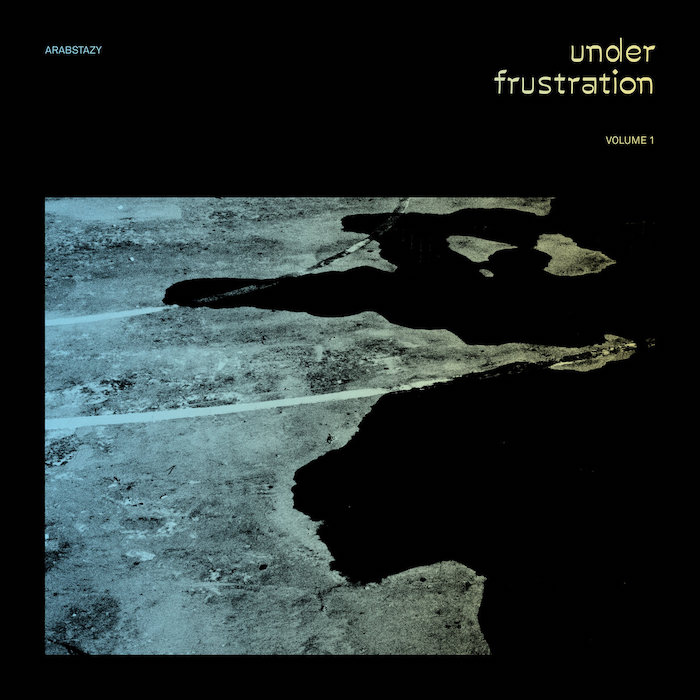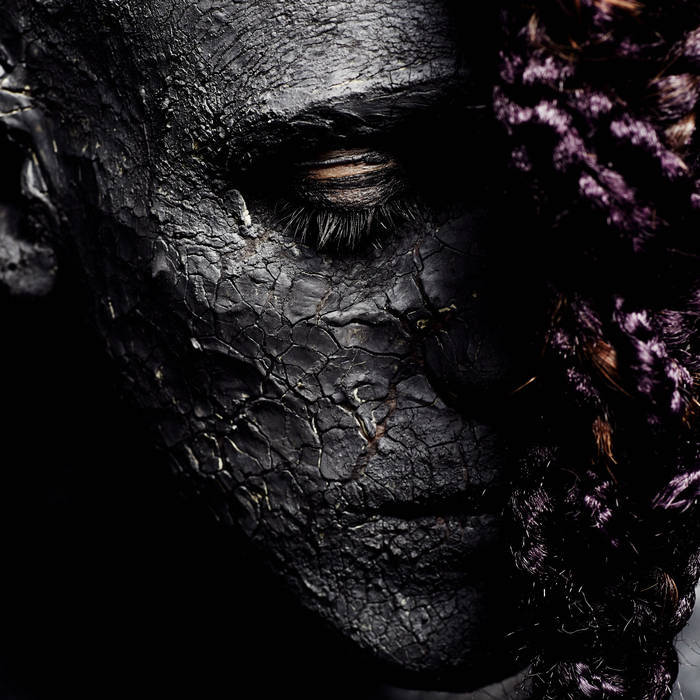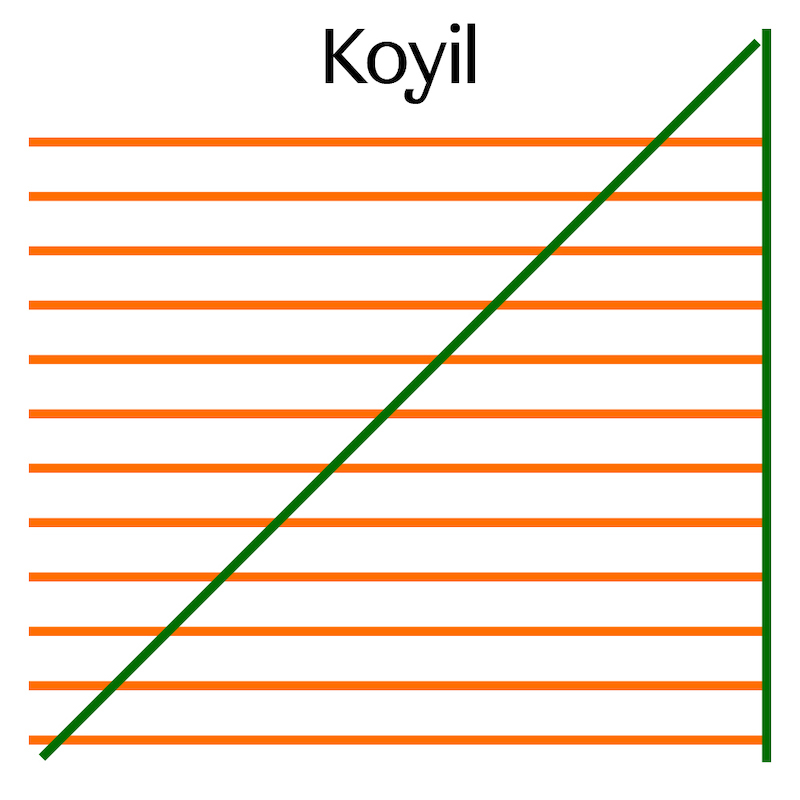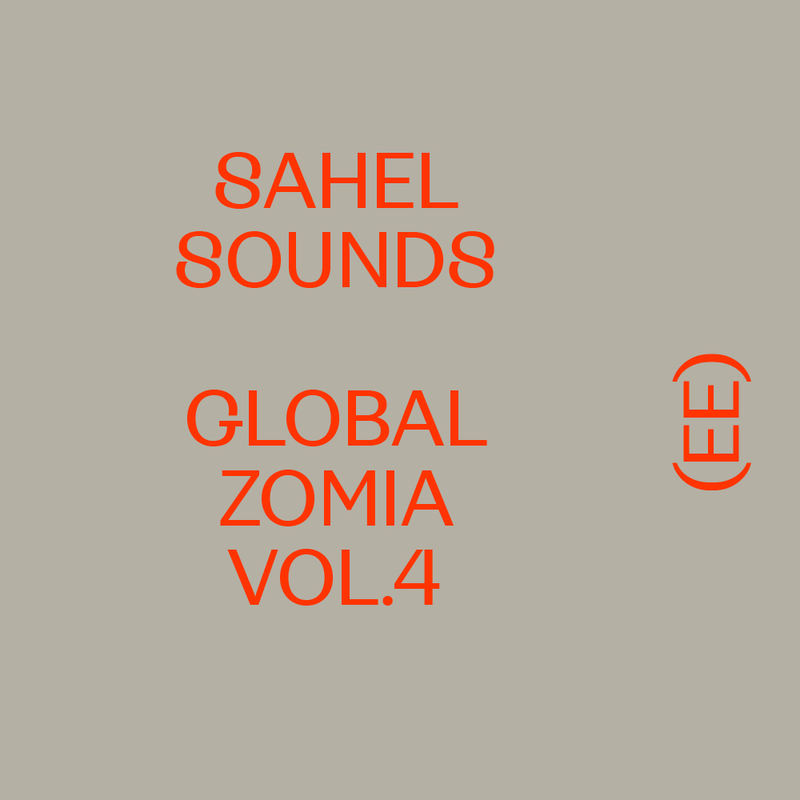Shouka is a French-Tunisian label that was founded in 2013 by electronic musicians Amine Metani (Mettani, Arabstazy) and Nessim Zghidi (Nazal, Méchant Mechant). The label is focused on the ways in which the legacy of traditional musics and contemporary musicians interact, mostly through the electronic music scene. The label’s motto “third-world music & cultural reappropriation” and its subversion of the term “cultural appropriation” point to the empowering mission and tactics of the label as a whole. As a brief introduction to the work of Shouka, founder Amine Metani put together this overview for EE about a musical tradition that inspired the label’s creation and presents us with foundational examples from their discography.
The very first recording produced by our label was a Stambeli ritual. Stambeli is a Tunisian healing possession ceremony originating from sub-Saharan Africa. It mixes music, dance, and chants during which participants may experience trance states and possession by supernatural entities. It is very similar to Morrocan Gnawa and Algerian Diwan, and often compared to Haitian Voodoo or Brazilian Umbanda or Candomblé. My goal here is to illustrate Shouka’s call for “cultural reappropriation” through varying examples related to Stambeli, through the figure of Bousaadiya, an archetypal avatar that is emblematic of this ritual and symbolizes exile and reflection on the fate of enslaved sub-Saharan African brought to Maghreb by force, and through artists that are paying tribute to Stambeli in their musical production, re-establishing a lost link between Tunisian society and its original cultural and spiritual legacy.
This track was recorded during the yearly pilgrimage of the Sidi Ali Lasmar Stambeli brotherhood to the Sidi Ali El Mekki zawyazawyaAn Islamic religious school or monastery.. This is where we started with the label, recording endangered musical traditions from North Africa. What is interesting here about Stambeli is that it is a syncretism between sub-saharian voodoo and Islam, inherited from communities descending from people deported during slave trade.The Stambeli ceremonies often feature a character called Bousaadiya. The legend says that this masked dancer is actually looking for his daughter looking for his daughter Bousaadiya can be translated as "abou [father] of Saadiya."
who has been taken as a slave and deported. He sings songs from their village, in the hope that she will recognize them.
Bousaadiya’s story is always told from the father’s perspective, and in this track Ghoula decided to tell the story of Saadiya, which is a metaphor for exile and emigration. The video was shot in Burnholm (a Danish Island), by Abdelaziz Ben Gaid Hassine, Wael Jegham (Ghoula), Amine Ennouri (Nuri), and myself. Nuri was living there at the time, at his mother in law’s. She is the one playing the role of Saadiya. The piano you see burning in the end belonged to his deceased brother and she is actually crying in the video. Also, the Stambeli recording you hear in the end is from a deceased Stambeli yenna (master), and was recorded by Richard Jankowsky, an American ethnomusicologist who studied Stambeli for a couple years in Tunisia.
This video was also shot in Bornholm, and is clearly a tribute to Bousaadiya, and again a metaphor for exile. You can see Nuri, disguised as Bousaadiya, and playing the shkasheks, the traditional percussive instruments played during Stambeli rituals. You can hear them clearly at the drop around 3:16.The scene at 3:41 where Nuri goes in the water was shot in February, while shooting Saadiya for Ghoula. It was freezing cold and Nuri almost drowned.
This track doesn’t feature sounds or samples from Stambeli, but Nuri does so in other tracks, like this one that features an excerpt of our 2013 recording.
Animislam is a made-up word from animism and Islam, illustrating the syncretism of Stambeli. The music video is a resurrection ritual. You can hear the opening prayer of the Stambeli ritual in the beginning, which is actually the Islamic shahada that we recorded in 2013. Then at 2:24 you can hear again an excerpt of the 2013 recording, plus the voice of an Arifa sampled from a documentary about Stambeli. An Arifa is a feminine member of the Stambeli brotherhood, who is the one dancing and being possessed by the spirits. She explains her visions:
“I would go to bed to sleep, then a big snake would come out, and crawl up to my bed to stay by my side”







